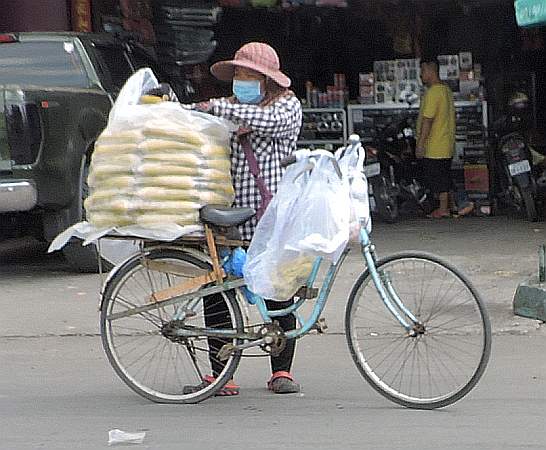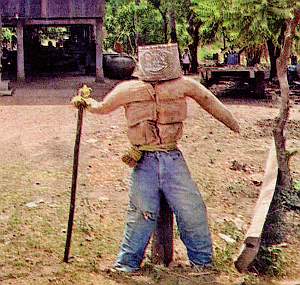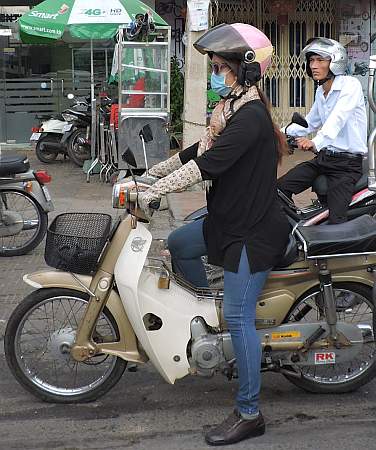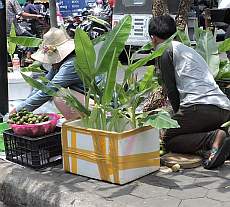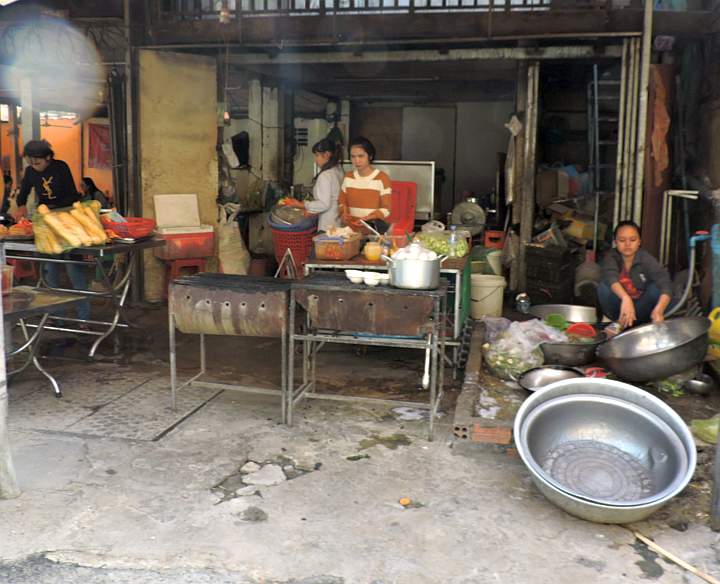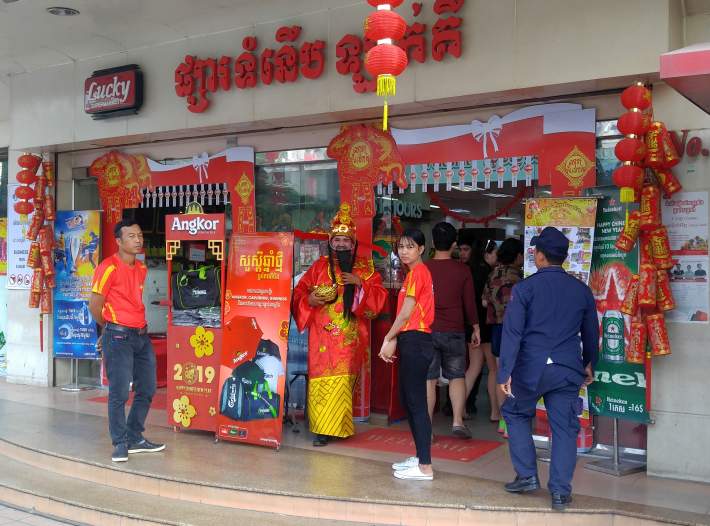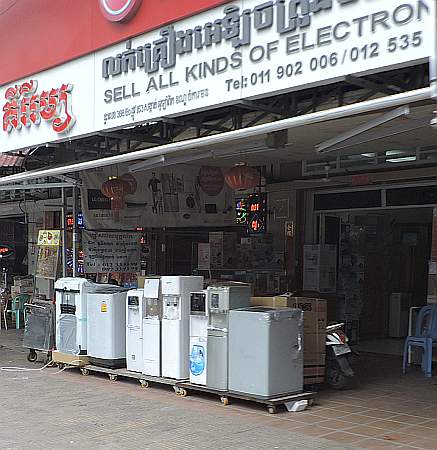
This is a scene unimaginable just a few years ago when I first arrived in Cambodia—an appliance store, first of all, and then a row of water coolers and washing machines being offered for sale. When I came, an organization might have a plastic water cooler with a spigot and one plastic cup for everyone to use. Now the appliances above offer both hot and cold water. And as for the washing machines–there basically were none. Maybe some of the high executive families brought something in from abroad but they weren’t for sale here.

